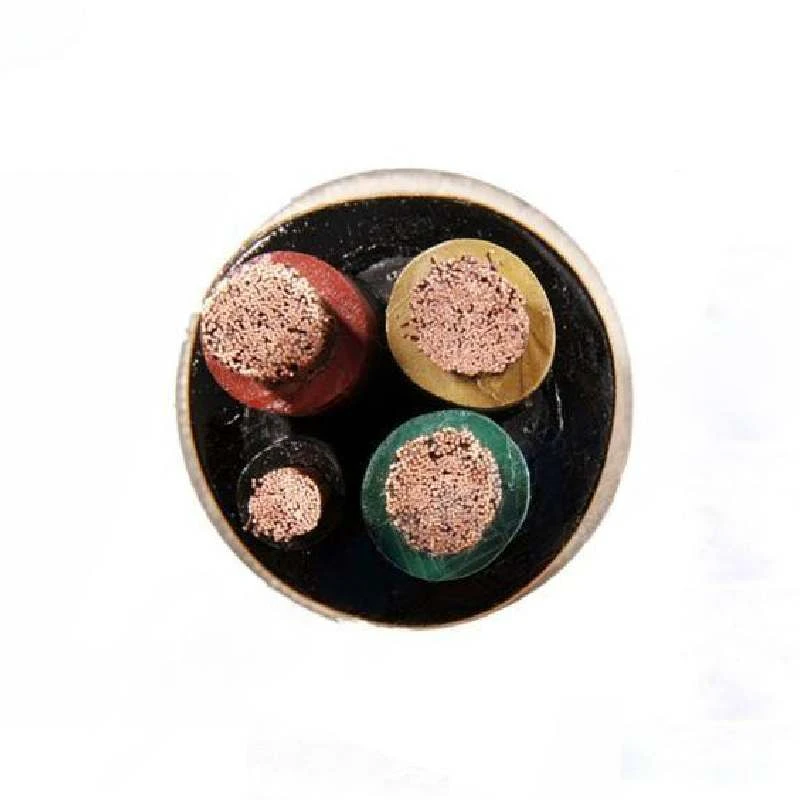Nov . 16, 2024 12:34 Back to list
double ball check valve
Understanding the Double Ball Check Valve Key Features and Applications
In various industrial and fluid systems, the efficiency and reliability of flow control devices are paramount. One such device, which has gained considerable attention in applications requiring high performance and durability, is the double ball check valve. This article delves into the mechanics, advantages, applications, and maintenance of this essential component in fluid dynamics.
What is a Double Ball Check Valve?
A double ball check valve is a type of one-way valve that ensures fluid flow in one direction while preventing backflow. The design typically incorporates two spherical balls that act as seals. When fluid flows in the intended direction, the balls are pushed away from the seats, allowing fluid passage. Conversely, if there is a reversal in flow or a drop in pressure, the balls seat against the openings, effectively blocking backflow.
Key Features
1. Simplicity and Efficiency The double ball check valve consists of few moving parts, which simplifies its design and enhances its reliability. The straightforward mechanism enables quick response to changes in flow direction, making it an efficient choice for various applications.
2. Durability and Material Selection These valves are often constructed from robust materials such as stainless steel, brass, or PVC, allowing them to withstand harsh operating conditions and chemical exposure. Their durability plays a critical role in minimizing maintenance needs and enhancing overall system longevity.
3. Versatile Applications With their ability to handle both liquids and gases, double ball check valves are used in a range of industries. These include water treatment, petrochemical processing, food and beverage production, and HVAC systems.
4. Pressure Resistance Designed to handle significant pressure differences, double ball check valves can effectively prevent backflow even under high-pressure conditions. This makes them suitable for critical applications where uncontrolled reverse flow could lead to system failures or contamination.
5. Compact Design The compact nature of double ball check valves saves space, making them ideal for use in areas where design constraints and spatial limitations are predominant.
Advantages of Double Ball Check Valves
double ball check valve

One of the primary advantages of using double ball check valves is their reliable backflow prevention. This feature is crucial in applications where contamination and reverse flow could lead to significant operational issues. These valves also provide minimal pressure drop, ensuring that the flow remains efficient and does not incur additional energy costs.
Moreover, their easy installation process reduces the overall downtime during system setup, which is an important factor in maintaining productivity in industrial settings. The simple design of the valve also allows for quick and easy maintenance, further enhancing operational efficiency.
Applications
Double ball check valves are particularly effective in several applications
- Water and Wastewater Treatment They are frequently used in piping systems to prevent backflow into water sources and treatment facilities, safeguarding the integrity of the treated water. - Petroleum and Natural Gas In the oil and gas industry, these valves protect against backflow, which can otherwise lead to contamination and environmental hazards.
- Food and Beverage Industry In food processing, maintaining hygiene is critical. Double ball check valves help ensure that any potential contaminants from backflow are effectively contained.
- HVAC Systems Used in heating, ventilation, and air conditioning systems, these valves ensure the flow of air or refrigerants does not reverse, leading to improved energy efficiency and system performance.
Maintenance Tips
To ensure the longevity and effectiveness of double ball check valves, it’s crucial to conduct regular inspections. Maintenance tasks include checking for any wear or damage to the balls and seats, ensuring that there are no blockages in the flow path, and verifying that all seals remain intact. Lubricating moving parts can also help in preventing corrosion and ensuring smooth operation.
In conclusion, the double ball check valve is a critical component in various fluid systems, providing reliable backflow prevention and contributing to the overall efficiency of operations. Its unique design and robust features make it an ideal choice for industries ranging from water treatment to petroleum processing, where safety and performance are paramount. Understanding its functions and maintaining the valve properly is essential for maximizing its operational lifespan and effectiveness.
Share
-
Reliable Wafer Type Butterfly Valves for Every IndustryNewsJul.25,2025
-
Reliable Flow Control Begins with the Right Ball Check ValveNewsJul.25,2025
-
Precision Flow Control Starts with Quality ValvesNewsJul.25,2025
-
Industrial Flow Control ReliabilityNewsJul.25,2025
-
Engineered for Efficiency Gate Valves That Power Industrial PerformanceNewsJul.25,2025
-
Empowering Infrastructure Through Quality ManufacturingNewsJul.25,2025